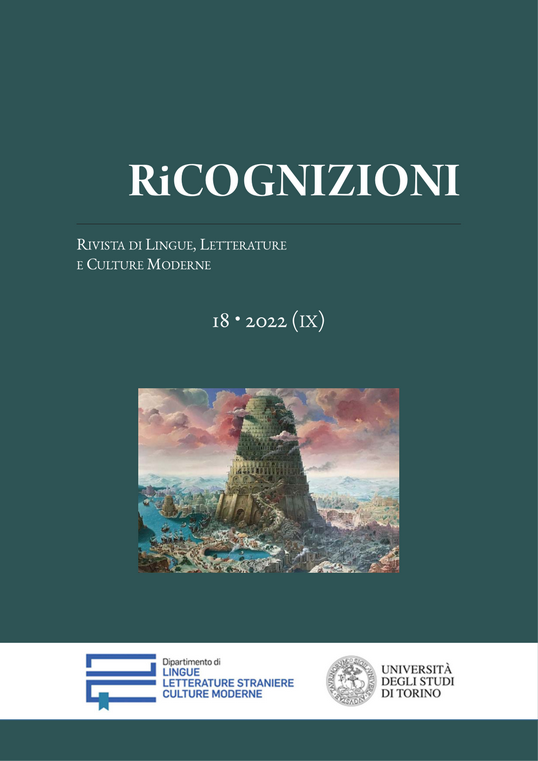Can We Construct a Language without Metaphors?
DOI:
https://doi.org/10.13135/2384-8987/7097Keywords:
Metaphor, Simile, Science Fiction, David Brin, The Uplift War, China Miéville, EmbassytownAbstract
Metaphors are ubiquitous in natural language; in fact, no language without metaphors is known. But can we construct a language without metaphors? An issue that is particularly relevant to this question is the relation between metaphor and simile. Some argue that metaphors are a type of (elided) simile, whereas others claim that the two phenomena differ in kind. Ideally, a way to settle the dispute would be to find a language that contains similes but not metaphors. There is no such actual language. But two science fiction authors have attempted to conceive of and describe just such a language. David Brin, in The Uplift War, creates birdlike aliens, whose language is claimed to have similes but not metaphors. However, Brin reproduces utterances of these aliens, in which he reflects their avian nature; and he often does so by metaphor. China Miéville, in Embassytown, also creates aliens whose language is claimed to have similes but not metaphors. However, these similes are frozen, and are actually idioms: they have a fixed, conventional meaning. Later on, the aliens acquire metaphors, and only then do they begin to have, in addition, novel similes. Hence, both Brin and Miéville fail: the former constructs a language that has both similes and metaphors, whereas the other constructs a language that initially has neither, and later acquires both simultaneously. Science fiction authors are, after all, humans, and are bound by the constraints of human languages. Hence, their failure to construct a language that contains similes but not metaphors tells us that the two phenomena are fundamentally very close. To the extent that it is possible to construct a language without metaphors, it appears that it would have to do without similes too.
Downloads
Published
How to Cite
Issue
Section
License
RiCognizioni is published under a Creative Commons Attribution 4.0 International License.
With the licence CC-BY, authors retain the copyright, allowing anyone to download, reuse, re-print, modify, distribute and/or copy their contribution. The work must be properly attributed to its author.
It is not necessary to ask further permissions both to author or journal board.








